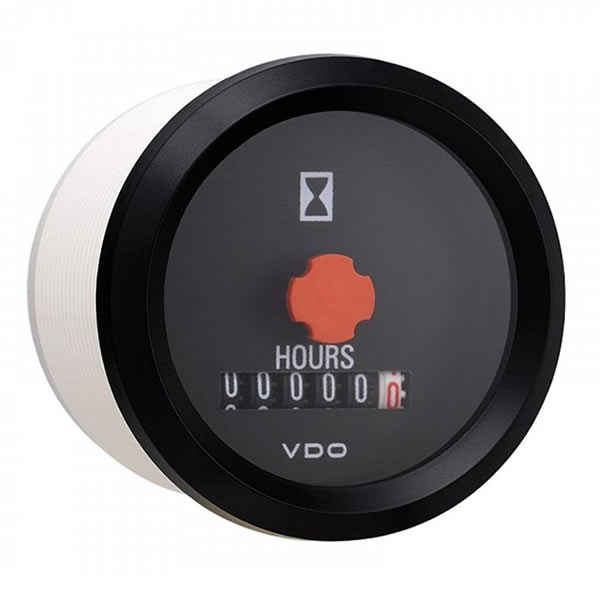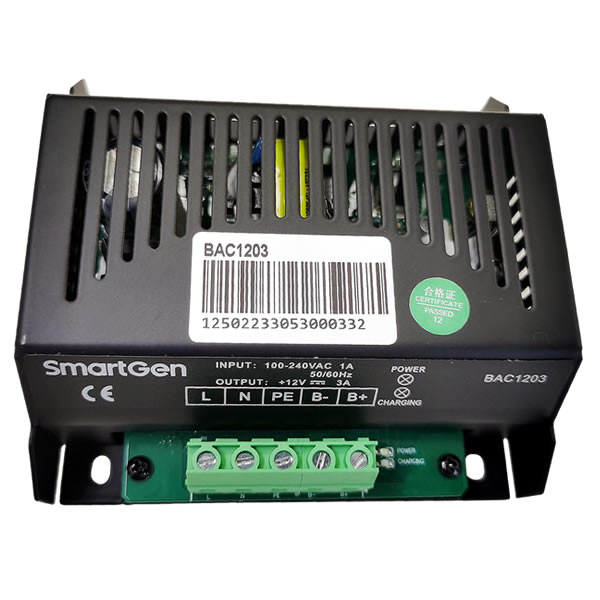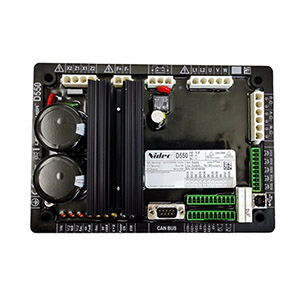An Automatic Voltage Regulator (AVR) is a device used in electrical generators to regulate and control the output voltage produced by the generator. It is an essential component that ensures a steady and stable supply of electricity.
The main function of an Alternator AVR is to maintain the generator's output voltage within a specified range, regardless of changes in the load or input voltage. It constantly monitors the generator's output and adjusts the excitation current supplied to the generator's field winding. By controlling the excitation current, the AVR regulates the output voltage and keeps it at a constant level.
How does an Alternator AVR work?
Sensing: The Alternator AVR continuously measures the output voltage of the generator using built-in voltage sensors or potential transformers. It compares the measured voltage with a reference voltage level, which is typically set to the desired output voltage.
Error Detection: If there is a difference between the measured voltage and the reference voltage, it generates an error signal that represents the voltage deviation.
Regulation: Based on the error signal, the Alternator AVR adjusts the excitation current supplied to the generator's field winding. It controls the excitation system of the generator to increase or decrease the magnetic field strength around the rotor.
Excitation Control: The excitation current controls the strength of the magnetic field in the generator. By increasing or decreasing this current, the Alternator AVR can influence the output voltage. If the output voltage is lower than the reference voltage, the AVR increases the excitation current to strengthen the magnetic field and raise the output voltage. Conversely, if the output voltage is higher than the reference voltage, the AVR reduces the excitation current to weaken the magnetic field and lower the output voltage.
Feedback Control: The process of sensing, error detection, and regulation occurs in a continuous feedback loop. The Alternator AVR constantly monitors the output voltage and makes minute adjustments to the excitation current to maintain a stable output voltage within the desired range.
By regulating the excitation current, the Alternator AVR ensures that the generator's output voltage remains steady, regardless of changes in the load or input voltage. The AVR plays a crucial role in protecting electrical equipment from voltage fluctuations and ensuring a consistent power supply. It is commonly used in various applications, including backup power systems, industrial generators, and renewable energy sources like wind turbines.





